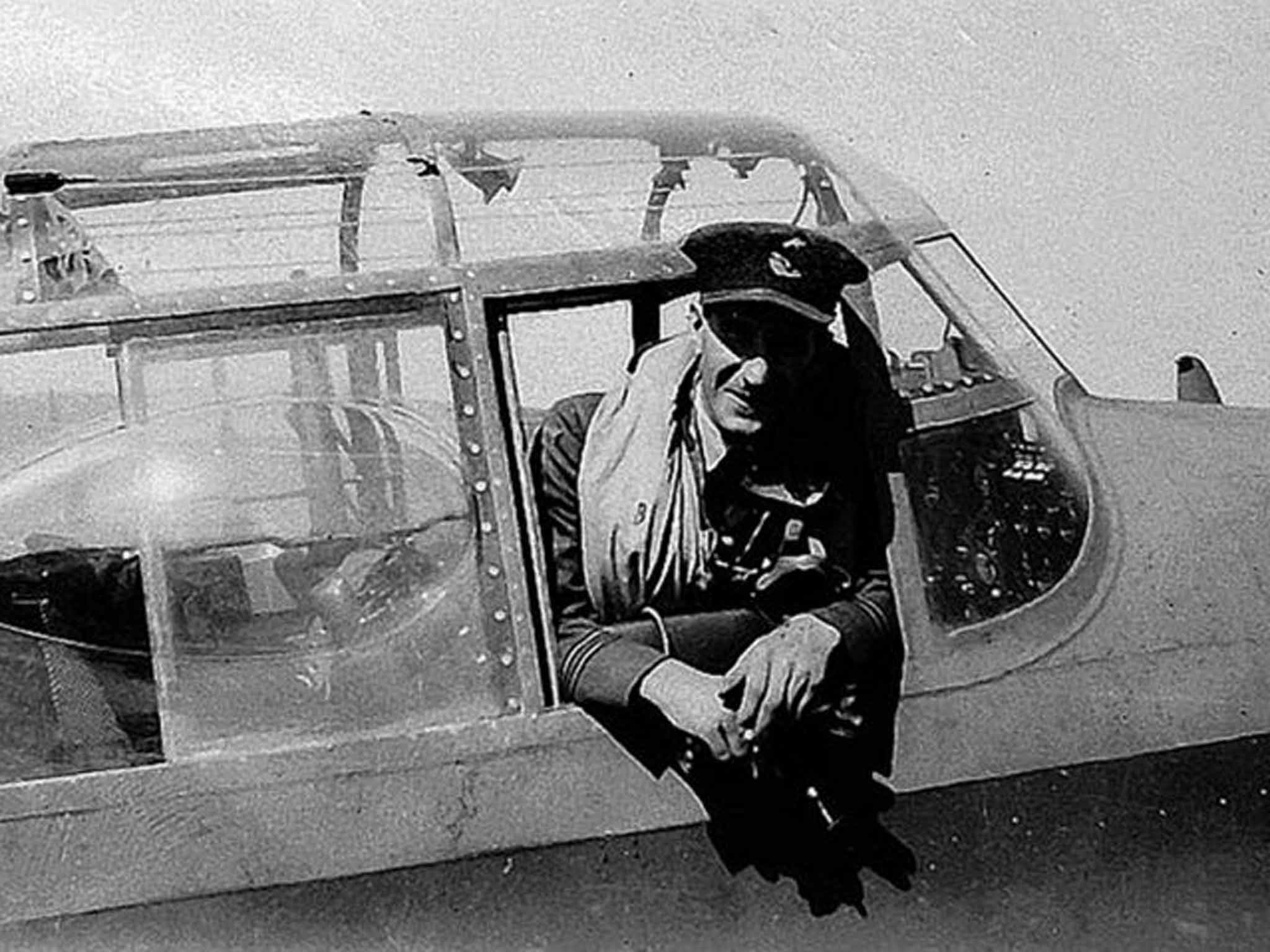Les Munro: New Zealand squadron leader who was the last surviving pilot of the Dambusters raid on the Ruhr Valley in 1943
Known as a "down-to-earth man" and self-deprecating, Munro participated in local politics as a councillor, serving as Mayor of Waitomo District Council

Les Munro was the last surviving pilot from Operation Chastise, the RAF's 1943 precision bombing attacks on the dams of the heavily industrialised Ruhr Valley led by Wing Commander Guy Gibson. The operation was later immortalised in the 1955 film The Dam Busters, with Richard Todd in the lead role.
The mission grew out of a concept for a bomb designed by Barnes Wallis and developed by his team at Vickers. With Wallis's specially adapted "bouncing bomb", Bomber Command wanted to strike a blow to Nazi Germany's industrial heartland in an attempt to disrupt or halt armaments production and vital power supplies. They believed the best way to do this was to hit four key dams and deliver a knock-out blow.
The operation was given to a new squadron of volunteers, initially called Squadron "X", because the speed of its formation outstripped the RAF process for naming squadrons; it was later named the 617 Squadron. It was given just 57 days from its formation, on 21 March 1943, to practise for the highly dangerous attacks. The crews practised tirelessly at the Eyebrook Reservoir, near Uppingham, Rutland; Abberton Reservoir near Colchester; Derwent Reservoir, Derbyshire; and Fleet Lagoon on Chesil Beach, Dorset.
On that full-moon night of 16/17 May 1943, New-Zealand-born Munro, then a Flight Lieutenant, was the second to take off in his modified Avro Lancaster from RAF Scampton, near Lincoln. In all, 19 Lancasters, carrying 133 airmen, set out in three formations. As they progressed over Holland, Munro's aircraft was hit by flak, which knocked out all internal and external communications. After some deliberation among the crew, it was decided that they could jeopardise the mission, and so Munro reluctantly flew back to the UK with a gaping hole in the plane's side.
Despite being "concerned" that he had failed in the mission, Munro was praised for returning the aircraft home, complete with its specially designed bomb – and, most importantly, ensuring the lives of his entire crew.
The mission was deemed a success by Bomber Command, with two dams, the Mohne and Eder, breached. A third, the Sorpe, was damaged but not breached, and a fourth, thought to be the Bever, was attacked by mistake but not damaged. In total, 92 factories were badly damaged, with 12 completely destroyed. One of the greatest impacts was the loss of hydroelectric power and water to industry, cities, and canals. The success, however, came at a cost, with the raid claiming 53 of the 133 crew. Munro was among those who were awarded the Distinguished Service Order for his part in the attack.
Born in Gisborne in north-eastern New Zealand in April 1919, John Leslie Munro lived on the family farm, established by his Glasgow-born father, who had emigrated in 190. He enlisted in the Royal New Zealand Air Force in July 1941. Trained in Tiger Moths, upon graduation he was posted to Vancouver, Canada for initial bomber training, before moving to England in October 1941 for further training.
Following brief stints in Bournemouth and then Shropshire in May 1942, he went on to fly Wellingtons from Leicestershire with the 97 Squadron. His first operation, however, nearly ended in disaster. His aircraft failed shortly after take-off, forcing Munro to "belly land" the plane and its bomb load near Empingham, Rutland. The crew escaped unscathed.
Munro was promoted to Squadron Leader in February 1944 and led successful raids on German arms factories, rocket sites and U-boat pens all over Europe.
In June 1944, he took part in Operation Taxable as part of the D-Day landings in Normandy, in which the Lancasters flew precise, elongated circuits, dropping "Window". These were strips of aluminium foil designed to convince German radar installations that a huge flotilla of ships was approaching Cap d'Antifer, north of Le Havre, miles from the actual beach heads. The ruse was successful – and the last of the 617 Squadron Window-droppers witnessed German shore batteries firing on the "Ghost" convoy. He was later awarded the Distinguished Flying Cross and was demobbed in February 1946.
Back in New Zealand, Munro worked as a property valuer before establishing his own farm near Te Kuiti on the North Island. Known as a "down-to-earth man" and self-deprecating, Munro appealed to many – and participated in local politics as a councillor, serving as Mayor of Waitomo District Council from 1978-95. Upon retirement, he moved to live in the coastal city of Tauranga.
Earlier this year, he put his medals up for auction, hoping to raise £50,000 for the upkeep of the Bomber Command memorial in London, which commemorates the 55,573 men who died in the Second World War bombing campaign. The philanthropist Lord Ashcroft stepped in to stop the sale, offering to donate £75,000 to the memorial's upkeep if Munro gifted his medal to the Museum of Transport and Technology (MOTAT) in Auckland.
Munro died in hospital after heart problems, aged 96. His death means that there are just two survivors from the 1943 bombing raids, George "Johnny" Johnson, from Bristol, who was a bomb-aimer, and Canadian front-gunner Fred Sutherland.
John Leslie Munro, pilot, farmer and local councillor: born Gisborne, New Zealand 5 April 1919; died Tauranga, New Zealand 3 August 2015.
Join our commenting forum
Join thought-provoking conversations, follow other Independent readers and see their replies
Comments